To Austria for Christmas and beyond. Day four. Graz. And finally the first snow. Part 1

Day One. Vein. Trade fairs. Introduction
Day two. Viennese environs and a few more fairs. Part 1
Second day. Viennese environs and a few more fairs. Part 2
Third day. Linz. Traveling on a double-decker train. Part 1
Third day. Linz. Traveling on a double-decker train. Part 2
If the decision to travel to Linz was to a certain extent made spontaneously, then the trip to Graz was planned from the very beginning, and we bought tickets on the website Austrian Railways a month and a half before the scheduled date, the ticket price is 9 euros per person one way. As you get closer to the trip, the cost of tickets grew, so here the sooner the better. : )
Our train also departed from the Hauptbahnhof, but it was an ordinary one-story car, the car inside was formed according to the principle of our Intercity - rows of seats, like in an airplane, in some places combined into separate “compartments” with a table in the middle. A steward passed along the carriage, offering tea, coffee, snacks, the prices are quite reasonable - coffee for sandwiches prepared at the hotel cost about 3 euros. This train developed a lower speed - in the range of 150-160 km / h, perhaps because it was going through the mountains. And there, in the mountains, we finally saw the first snow! We were so happy that we even forgot to bring our camera! ; )))
I read in the recommendations that when traveling from Vienna to Graz, you need to sit on the left side in the direction of travel in order to fully enjoy the views. Knowing this information, for some reason we sat down on the right side, and the views were so-so.
But in any case, 2.5 hours flew by quickly enough and here we are at the Graz train station. There is also a small information center where you can take maps of the city and get other information. But I used Graz tourist site to prepare the trip, where I got a lot of useful information, and at the same time downloaded maps and information booklets with already built routes for walking around the city. And some of them were even in Russian, so I can safely recommend the site!
Again, it was decided to walk to the historic center from the station, but if you want to use public transport, then a 24-hour ticket for all types of transport will cost you 5.50 euros. Although a 20-minute walk is unlikely to tire anyone too much. And before reaching the center, we meet the first attraction - the Garrison Church. Looks very impressive. Here, the doors do not automatically open, but we are already used to it. ; )))
Guide books recommend starting walks from the Main Square in Graz, but we decide to build a route differently and, before reaching the bridge over the Mur River (I will use this name, although there is also a variant of Mur), we turn left and behind the local museum of modern art Kunsthaus (Kunsthaus Graz)we go out to the embankment, where on one side you can see the Minorite church Mariahilferkirche. . .
. . . and on the other - to the Schlossberg mountain with the famous Clock Tower.
At the same time, we admire the Murinsel Island Bridge (Murinsel), built on the Mur River in 2003. In addition to the aesthetic, it also carries a practical load - there is a cafe inside the bowl-shaped structure, but we did not reach it.
So, on the Mursteg bridge (Mursteg) we go to Schlossbergplatz (Schlossbergplatz). . .
. . . but before climbing the mountain, we go to the Church of the Holy Trinity (Dreifaltigkeitskirche) located here on the square. . .
. . . and also admire the Palais Attems (Palais Attems), built in 1702 and which is the decoration of the Sachstrasse street.
There are several options for climbing the Schlossberg mountain, and the most extreme is the 260 steps winding up the side of the mountain. This staircase is called "Russian", because. in 1918 it was built by Russian prisoners of war. But we save this option for the descent. ; )))
In the same place on the Schlossbergplatz at the foot of the mountain there is an entrance to the elevator, which will take you up and give you the opportunity to look at the mountain rock through the glass walls of the cabin as you climb. But this is not our method either - we choose the Schlossbergbahn funicular, the entrance to which is located a little further down the street near the Franz Josef embankment. Because it is interesting to take a ride where back in 1528 there was a rail vehicle with a cable traction, lifting loads to the Schlossberg (Schlossberg).
The current funicular, of course, is not so old - it began operating in 1894, after which it underwent 2 cardinal restructurings in 1960-61. and in 2004, when new carriages appeared, giving the opportunity "to fully enjoy the mountain beauties and the panorama of the western part of Graz".
And now we are on the Schlossberg mountain, which means "Castle Hill", which is considered the main attraction of the city and a favorite place for walking its residents. The views from there are the most pleasant, although never wintery.
From here you can get a good view of the previously mentioned Kunsthaus with its strange extensions on the roof, which are called Nozzles and mostly serve as searchlights in the dark. In Graz, this building is called "Friendly Alien" - "Friendly Alien", and its futuristic design is compared to an alien ship or a sea monster, whose back is covered with "suckers" portholes. To me, it stubbornly resembles a slightly crumpled heating pad. ; )))
Very far away, at the foot of the mountains surrounding Graz, if you wish, you can see the roofs of the Eggenberg Castle (Schloss Eggenberg), which was founded in 1625 by order of Prince von Eggenberg, Ferdinand II's closest adviser. Today, the castle is included in the UNESCO heritage list.
But let's get back to the Schlossberg mountain, from which the history of Graz begins. More precisely, from a small fortress founded on this mountain in the 6th century by some Slavic tribe and bearing the name Gradets, which later transformed into Graz. Later, this small fortress was rebuilt several times and today is considered one of the most resistant fortresses of all time, because. no one could capture it until 1809, when the fortress was forced to surrender to the French troops, who wiped out almost all traces of it from the face of the earth. Only the Clock Tower and the bell tower have survived, from which we begin our acquaintance with the memorable places of the Schlossberg mountain.
The bell tower was built in 1588 and the most important bell of Graz was installed on it - Liesl(Liesl), cast from 101 Turkish cannonballs. Due to this, the weight of the bell was over 5 tons, and a special ringing mechanism was created for it.
If you go a little further up the path, you will see the Casemates, which previously served as storage and prison quarters. Today, a stage has been set up here, which hosts various cultural events and concerts, and now there is a Christmas market (but it works only on weekends).
And at the very top of the mountain you can see the Gothic gate, which served to pass from the outer circle of fortifications into the fortress. They were found only in 1982, and completely excavated in 2001
There is an observation deck from which you can admire the city spread out below, its tiled roofs, the mountains and hills surrounding Graz.
And compared to Linz, Graz does not look like a major industrial center, although it is the second most populous city in Austria (sorry, the photo against the sun did not work out).
Here, next to the observation deck, stands the so-called Lion of Hakher - this is a monument to the valiant Major Hakher, who, at the head of a handful of soldiers, defended the fortress from Napoleon's numerous troops in 1809. But since there were no lifetime images of the hero, it was decided to install in honor him with the figure of a formidable lion.
After going around the perimeter of the highest section of the mountain and admiring the views of the city from the other side. . .
. . . we are slowly moving down the path (but this is not yet a descent from the mountain). Some construction or restoration work is going on here, so you can’t get close to the Kanonenbastai Museum with its four ancient cannons. But going down a little lower, we find ourselves under the very impressive 20-meter walls of the Steel Bastion. . .
. . . which at one time served as a prison and ammunition depot, and today has a very pastoral appearance. : ))
Opposite it, on the ledge of the mountain, a Chinese gazebo was installed in 1890, which is also called the "Bishop's Throne", because there is a legend that it was here that Bishop Nadasdy met his death after 40 years in the prison of Schlossberg (and don't ask me who it is - I don't really know myself).
Slightly lower and to the right you can see the bowl of the Turkish well dug in the rock in the middle of the 16th century to provide the fortress with water. It is believed that its depth is 94 m and reaches the groundwater that feeds the Mur River.
Behind the well, there is a cozy terrace of the restaurant, which offers the most beautiful views of the city.
There used to be a powder tower here, later destroyed by the French, after which a winegrower's house was built in its place, and vineyards were laid out on the slopes of the mountain.
And finally, here it is, the main symbol of Graz - the Clock Tower (Uhrturm), whose appearance has not changed since 1560. This 28-meter monument, as well as everyone strives to capture themselves against its background who climbed the Schlossberg.
Although, of course, the Clock Tower is visible, in my opinion, from almost all points of the Old City, and to see it, you don’t even have to go uphill. Unless in order to take a closer look at the dial: about the discrepancy in the length of the hands - the hour (it appeared on the dial much earlier) is longer than the minute, only the lazy does not know. : ))
Sunny weather contributes to admiring the views of the mountain and the city. . .
. . . and we even find a skating rink below, which attracts many people who want to skate, as well as the Main Square with a Christmas market.
Such weather also contributes to the fact that instead of mulled wine in a local cafe, we order cocktails and spend the next half an hour in pleasant contemplation and doing nothing.
But there is a lot of interesting things ahead of us, and we take a decisive step past the rather nice Herbersteingarten garden. . .
. . . we are heading to the "Russian" staircase, the descent along which does not look like such an extreme event.
Further along the Sauerstrasse, famous for its antique and jewelry stores, art galleries and workshops, studios and cafes, for which it was nicknamed the "Mile of Art" in Graz, we move towards the Main Square of Graz. By the way, this can also be done on the trams passing there, because. in Graz, you can travel for free on trams between stops Jakominiplatz and Hauptplatz, as well as one additional stop in any direction, i. e. to Schlossbergplatz or Kunsthaus.
We turn right to the Erzherzog-Johann-Brucke Bridge (Erzherzog-Johann-Brucke). Here we are interested in the Franciscan Church, the bell tower of which is also quite recognizable and visible from different parts of the city. It was built by order of the mayor in the 7th century as a city tower.
Having honored the church with his brief presence. . .
. . . through the quiet and intricate courtyards of the Franciscan Quarter. . .
. . . we are finally entering the Main Square (Hauptplatz).

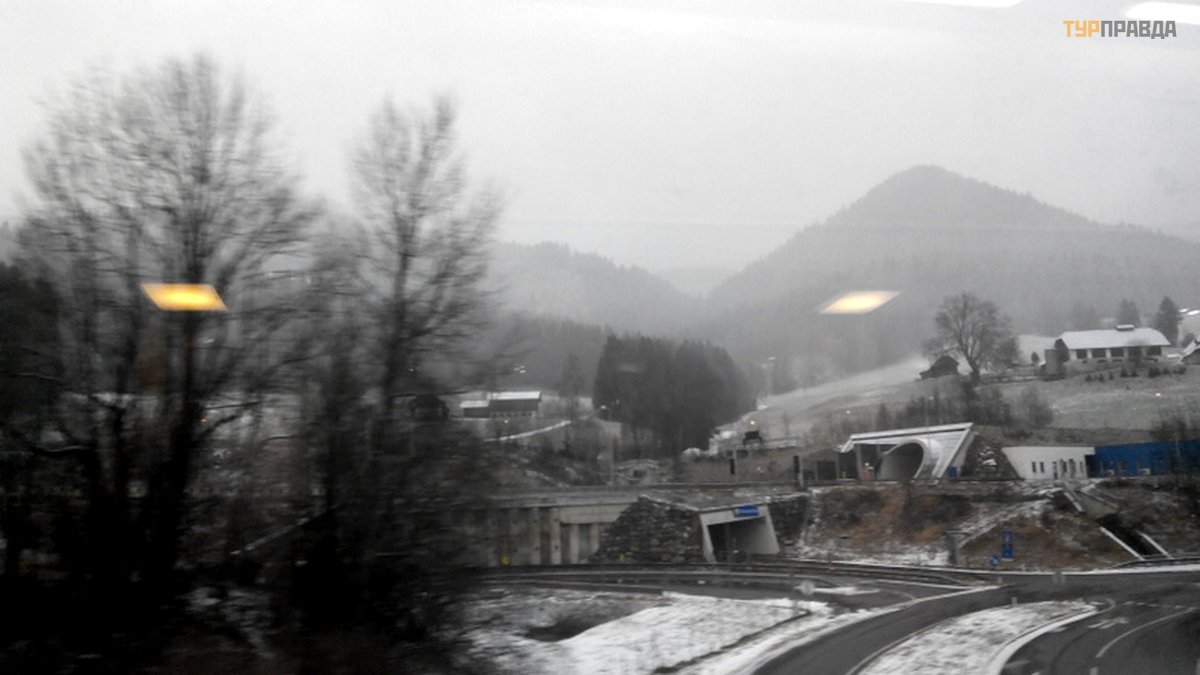






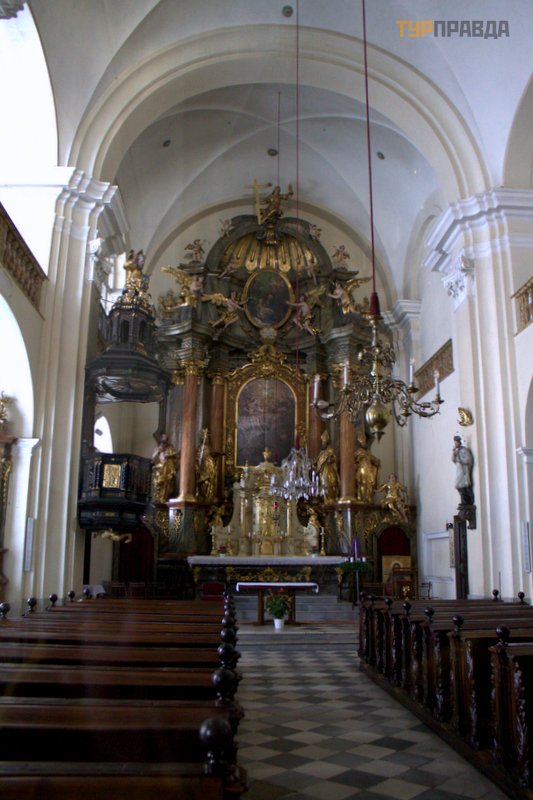

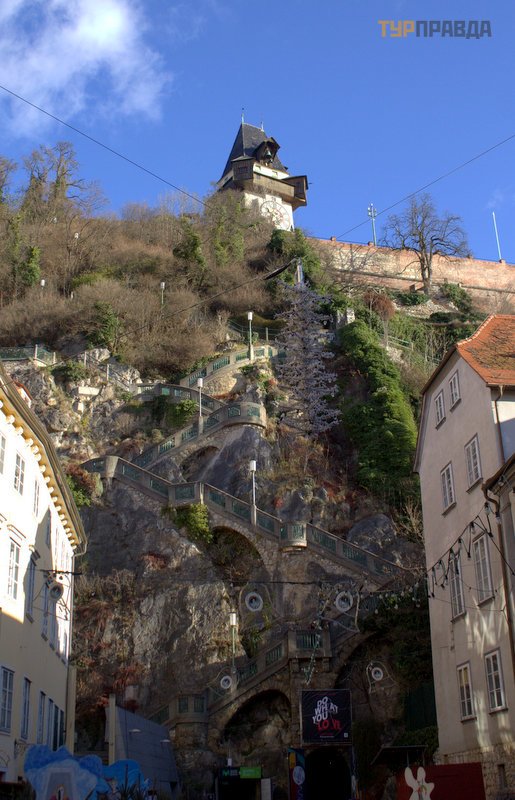
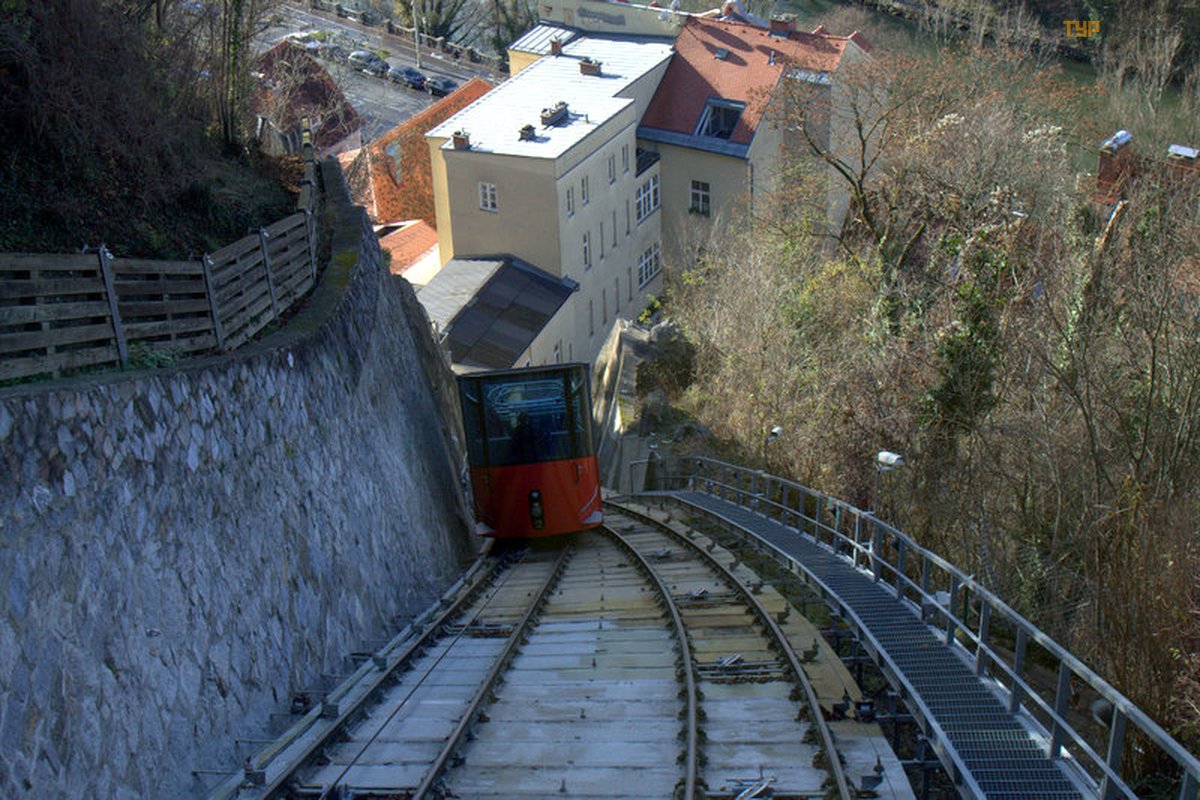



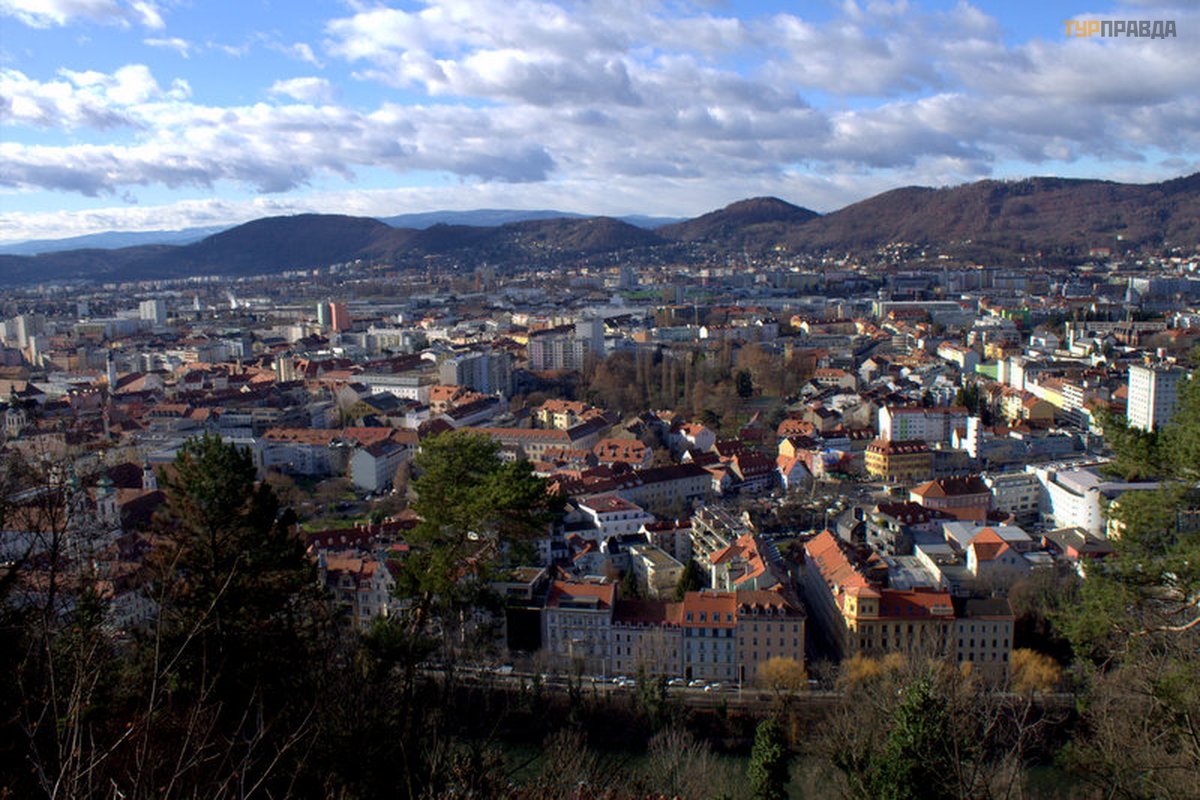






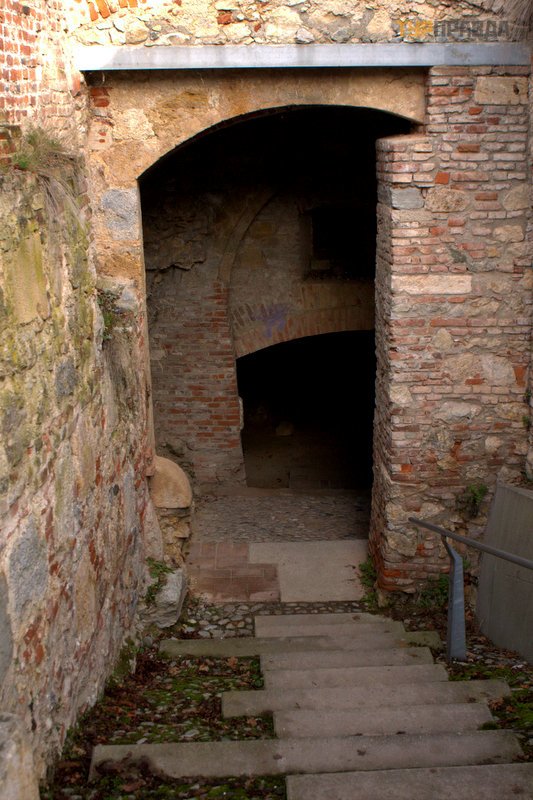





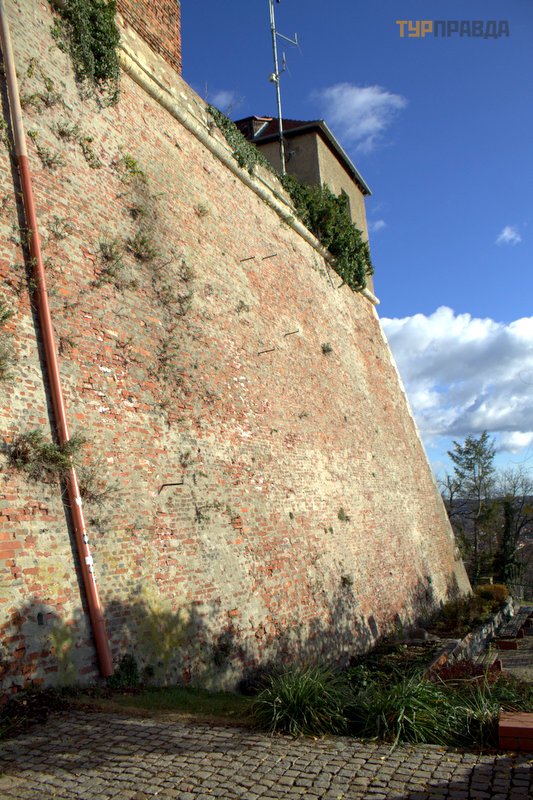



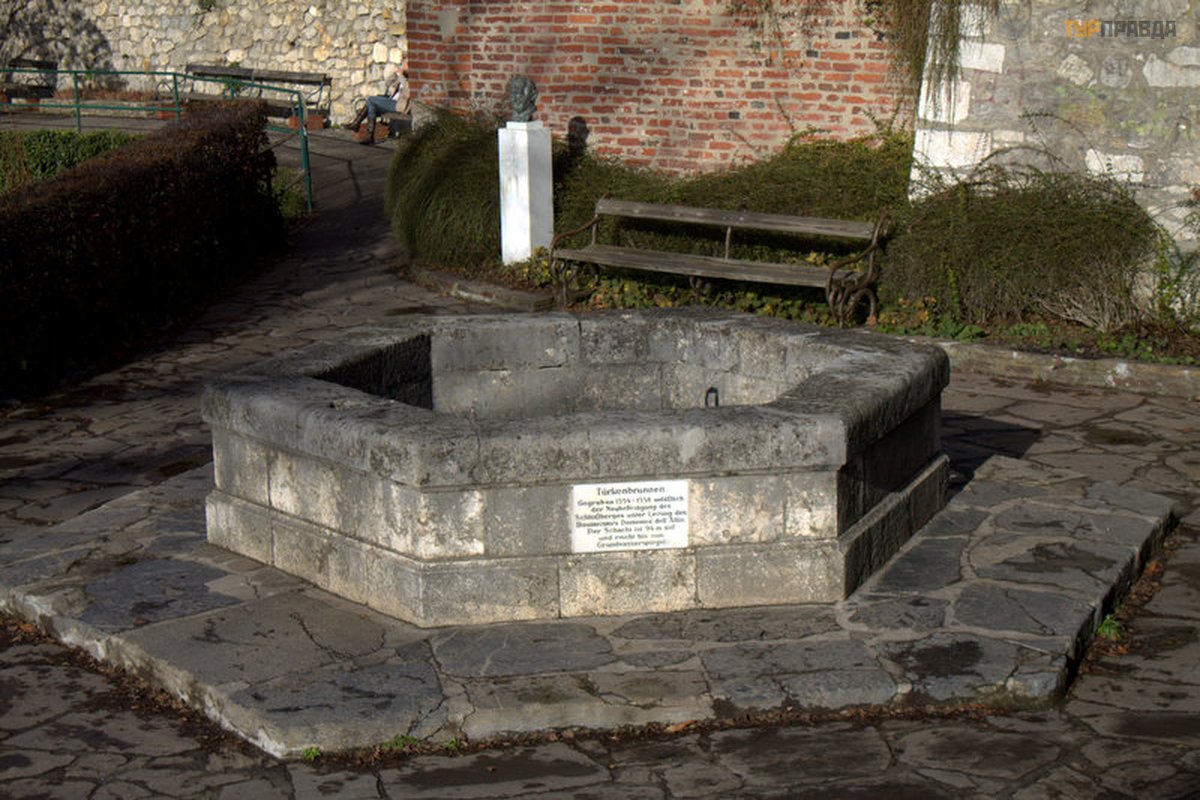
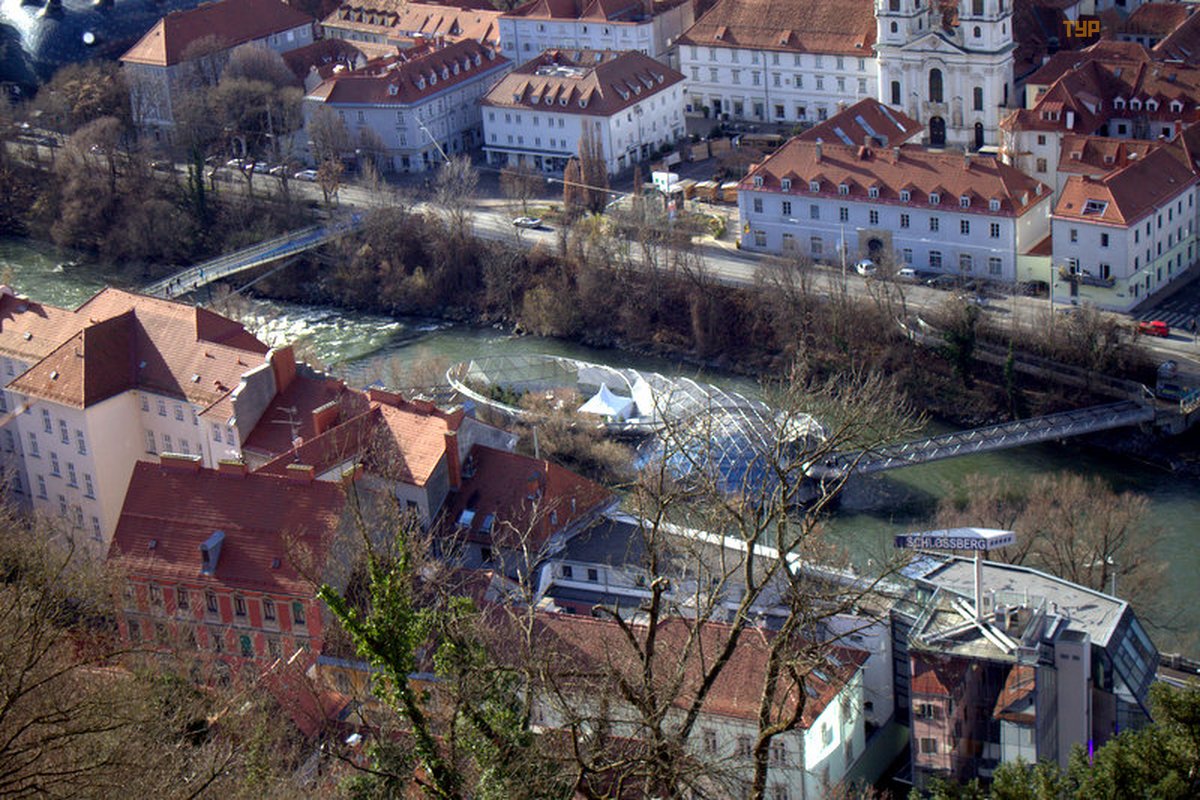
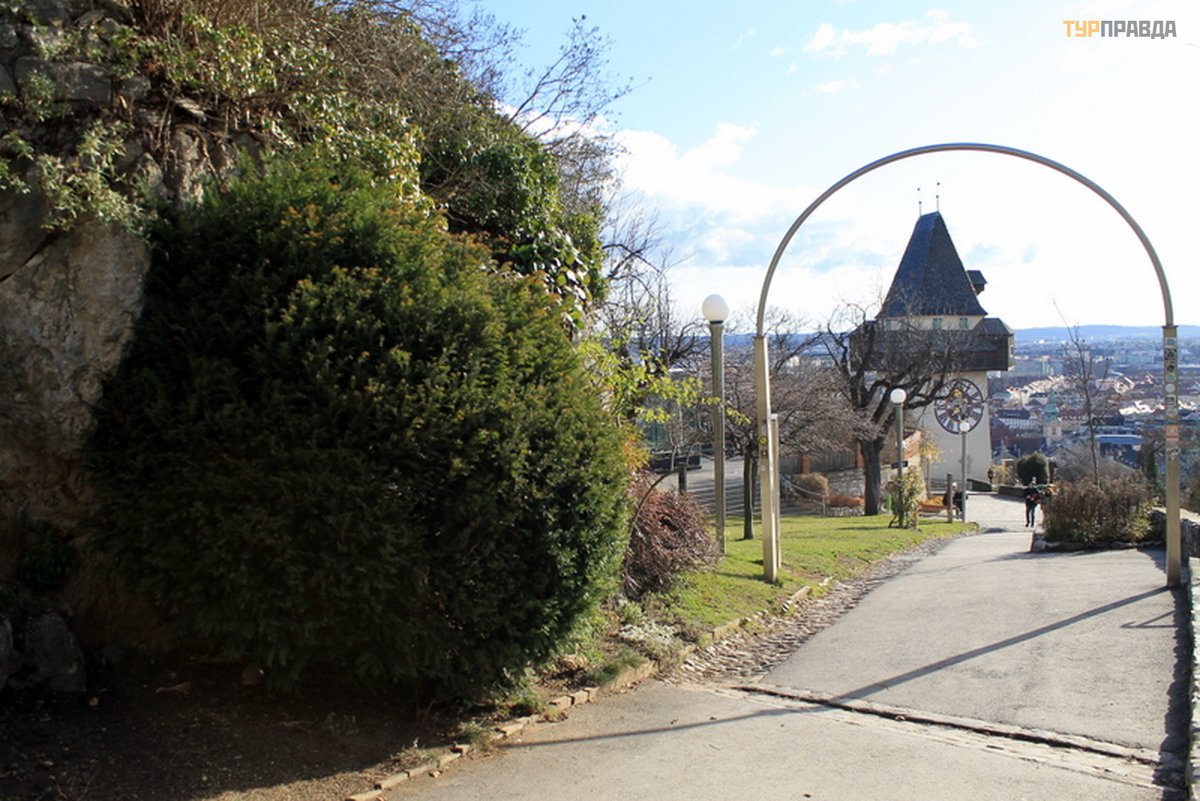




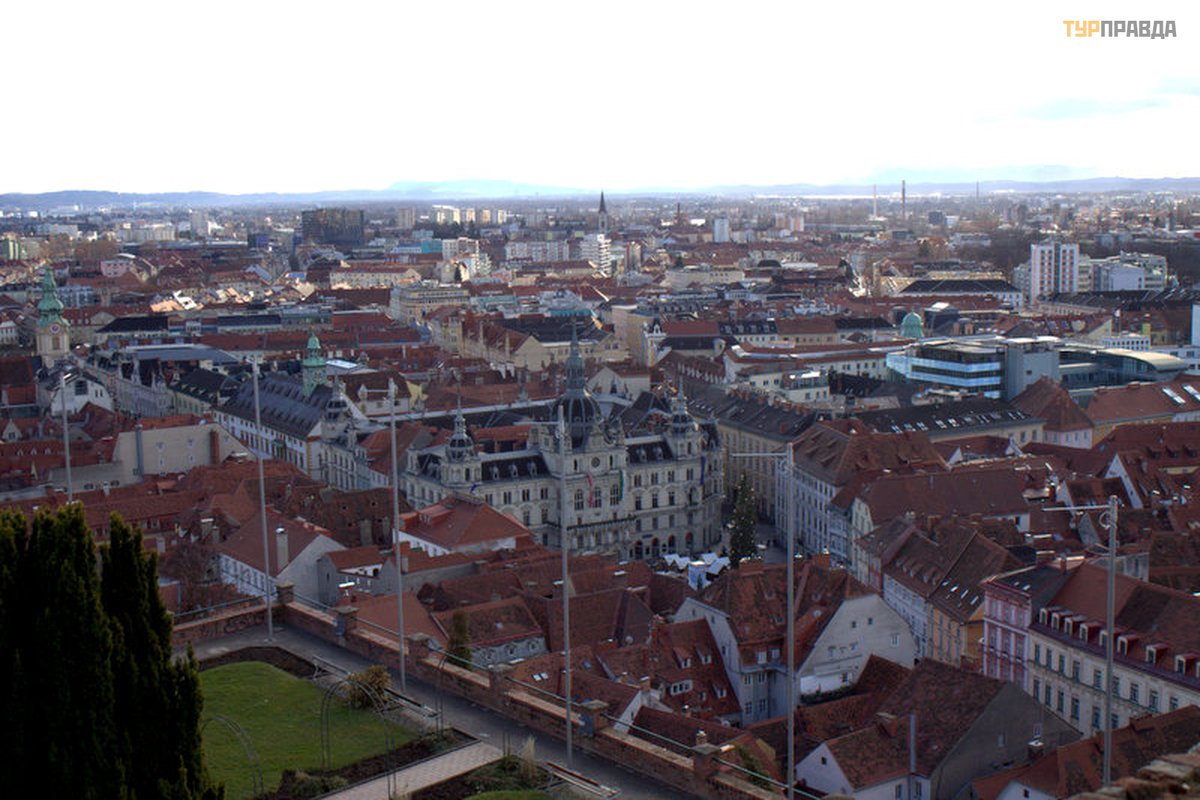






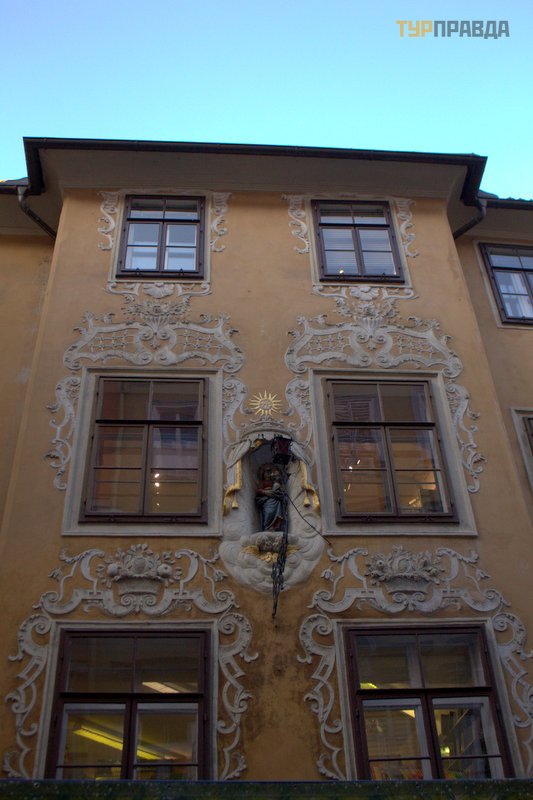






















































Depo, I totally agree! When we were sitting on the mountain in a cafe, even I, with all my nervousness and desire to run forward, decided that Graz would wait for me for 30 minutes! ;)))))))))))))))
deppo, полностью согласна! Когда сидели на горЕ в кафешке, то даже я, при всей своей нервности и стремлении бежать вперед, решила, что уж минут 30 Грац меня подождет! ;))))))))))))))
lulusha, and Graz seemed to me very cozy and somehow unhurried, patriarchal. Although the second largest city in Austria - a crazy rhythm should have been felt, but this is not even close!
lulusha, и мне Грац показался очень уютным и каким-то неспешным, патриархальным. Хотя второй по численности город Австрии - должен был бы чувствоваться сумасшедший ритм, но такого и близко нет!
illusia, yes, Eggenberg Castle was not included in our itinerary, although, I repeat, it would be nice to visit it. According to the descriptions, I strongly associate it with our Shenborn Palace in Transcarpathia - it would be interesting to compare. :)
illusia, да, Замок Эггенберг не вошел в наш маршрут, хотя, повторюсь, неплохо было бы его посетить. По описаниям он у меня стойко ассоциируется с нашим Дворцом Шенборнов в Закарпатье - интересно было бы сравнить. :)
What a great story, in just a few chapters. Super!
Какая история классная, прям в несколько глав. Супер!
What a great story, in just a few chapters. Super!
Какая история классная, прям в несколько глав. Супер!